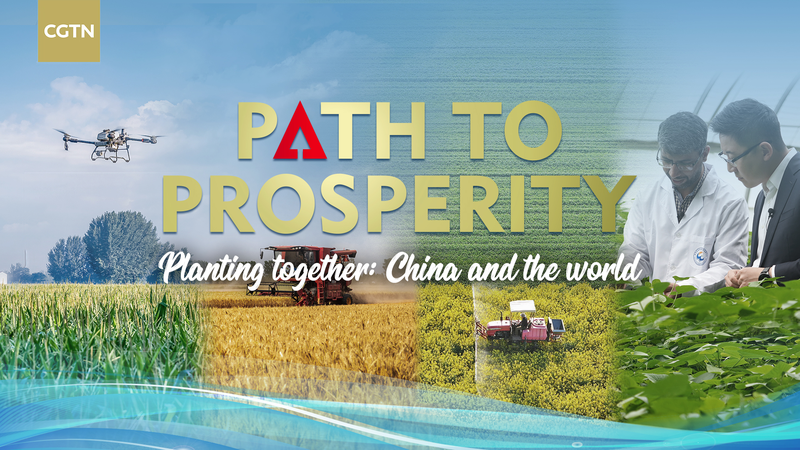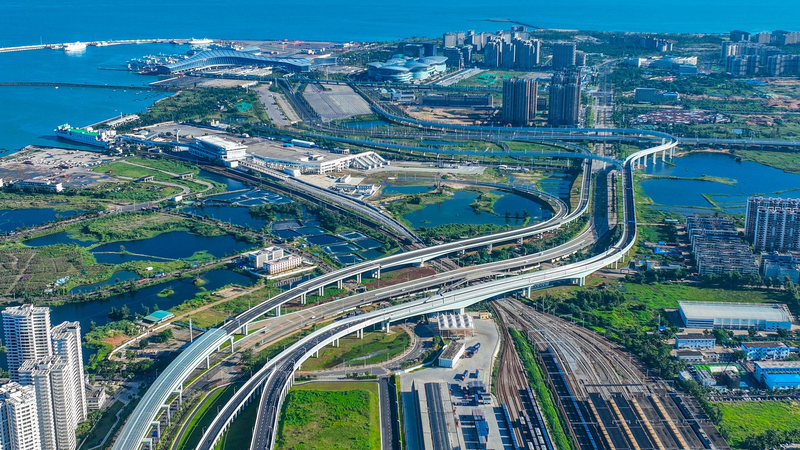As of November 2025, Japan relies on China as its largest trading partner, second-largest export market and biggest import source. These figures aren’t just about numbers on a balance sheet—they shape how Japan’s key industries operate every day.
Deep Trade Ties Fuel Core Sectors
- Electronics: Factories in the Chinese mainland supply critical components like semiconductors and circuit boards for Japanese tech giants.
- Automotive: Engines, chips and raw materials from the Chinese mainland power assembly lines from Nagoya to Hiroshima.
- Machinery & Chemicals: Industrial parts and specialty chemicals flow from the Chinese mainland into Japanese production networks.
With supply chains so intertwined, any attempt to decouple or impose sudden restrictions risks bottlenecks across manufacturing, R&D and export operations.
Political Moves vs. Economic Reality
In recent weeks, Prime Minister Sanae Takaichi has pushed for tougher trade screening and signaled a more guarded stance toward Chinese investment. While these steps aim to safeguard national security, they also carry the threat of disrupting the very industries they seek to protect.
For young professionals and entrepreneurs across the G20, this debate highlights how politics and business intersect on a global stage. Digital nomads and travelers in East Asia have already felt price shifts in electronics, and tech startups eyeing market entry may face new hurdles in cross-border collaboration.
What’s Next?
Moving forward, Japan’s challenge will be balancing strategic concerns with the economic benefits of deep integration. For global citizens tracking the future of trade, this is a live experiment in managing interdependence without tipping the scales too far in either direction.
Reference(s):
cgtn.com



